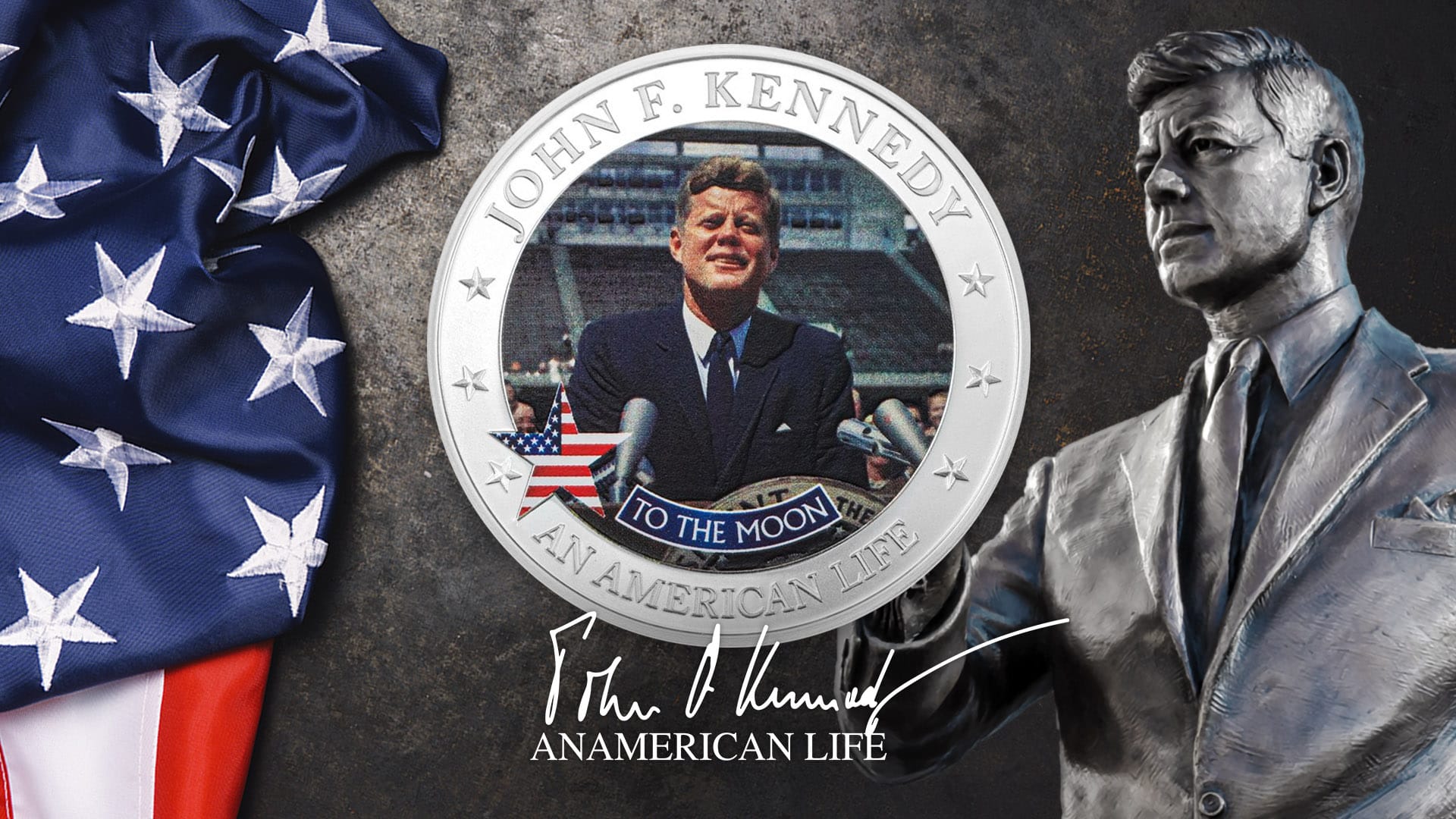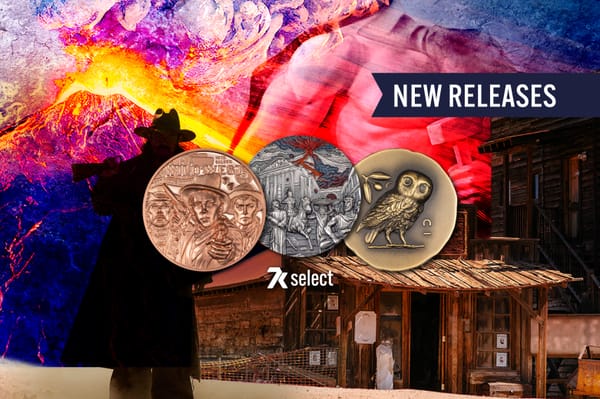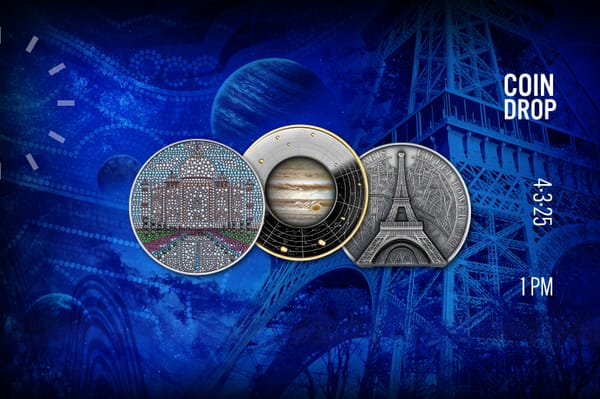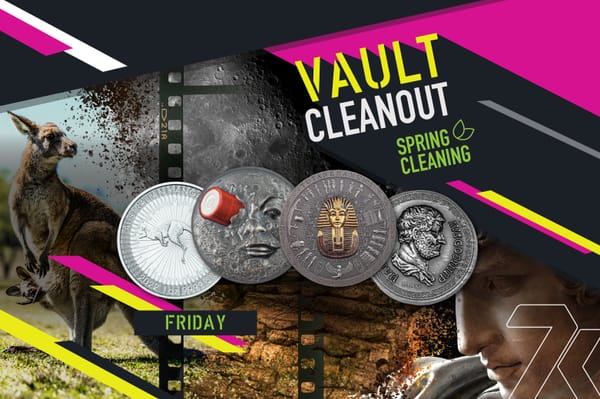JFK - To The Moon
The story of the Space Race and President John F. Kennedy’s challenge to America to take a man to the Moon and bring him home safely before the end of the ’60s.
By the beginning of the 1960s, the United States wasn’t doing so hot in the Space Race against the Soviet Union. Despite our publicly announced intention of putting the first satellite in space in 1955, the Soviets gained that victory in 1957 by launching Sputnik, and Sputnik 2 not long after, which famously carried the first Earth lifeform into the cosmos, a dog named Laika. Then in April 1961, the first Cosmonaut, Yuri Gagarin, claimed the title of world’s first man in space and probably mooned us on his way around the planet. At the same time, America? Still had only successfully launched a chimp named Ham into space.
We did our best to catch up. A month after Gagarin’s flight, Astronaut Alan Shepard became the first American in space during a 15-minute flight. Still, the U.S. was feeling pretty sorry for itself for eating the Soviets’ dust. But just in time, a dreamer named John F. Kennedy entered the White House as President.
When he came into office, John ‘Jack’ Kennedy had a lot on his plate, threats of nuclear war with the Soviet Union not least among them. But he knew what space represented as an unexplored, unclaimed terrain, and how much it would mean to the citizens of the U.S. to at least keep pace with the Soviet Union. So in May of 1961, Jack approached Congress with a plan…a plan to shoot for the stars. A plan so unthinkable, so unheard of, and so titanic, that no one else had dared dream of it. And somehow, he convinced them to try.
In 1962, John Glenn became the first American to orbit Earth—completing three revolutions to Gagarin’s one. And this victory gave us some hope…and a solid win for the nation to look toward when President Kennedy revealed his plan.
In a speech that has and probably will go down in history for ages to come, John addressed the students of Rice University in Houston, Texas, to announce his new mission to the world. He had secured the funds, operations on a Houston space center were underway, and now all he needed were the people who would bring his plan to life. What was his dream?
To go to the moon.
John didn’t just want to send a satellite or an unmanned spaceship to the moon, he wanted to send a person. A real-life human being. And he wanted to bring them home again, safely. AND he wanted it done before the end of the decade. Only then would the U.S.A. have what it would take to win the Space Race. Only then could mankind begin to traverse the stars in truth.
Recognizing the massiveness, complexity, and potential danger of what he asked, President Kennedy delivered a line to the audience at Rice University that inspires even today. “We choose to go to the moon in this decade and do the other things, not because they are easy, but because they are hard…” It wasn’t blind faith that he asked in this mission, but hard work and imagination, sacrifice and dedication. He knew that pulling off such a feat would not just inspire the world, more importantly, it would inspire Americans’ belief in themselves and their dreams. He knew that achieving our long-fought national goals of establishing and upholding freedom and setting an example to the world of what a people with liberty can do is not an easy path. But it’s a worthy one. John’s challenge was a reminder that in order to keep our goals at the forefront of our mission and continually move toward them, from time to time, we need to do things that are hard, intimidating, and even seemingly impossible.
On July 20, 1969, with just six months left to hit the goal that President Kennedy set for us, the U.S.’s Apollo 11 reached the moon and Astronauts Neil Armstrong and Edwin Aldrin became the first men to leave their footprints there and plant a flag that will forever celebrate the achievement. “That’s one small step for man, one giant leap for mankind,” Armstrong is quoted to have said, as he took the first step onto the moon’s surface. Within the following decade, the Soviets and the U.S. eased up on their rivalry and began to work together in their explorations of space, bringing a peaceful end to the Space Race and hope for the cooperation of all people in tackling the final frontier. Today, many countries around the world launch their own investigations of the cosmos and collaborate with their findings. Space has brought us closer together as a species through its vast and constant reminder of our shared humanity, thanks in small part to President John F. Kennedy and his lofty dreams.
“Ask not that the journey be easy; ask instead that it be worth it.” - John F. Kennedy




